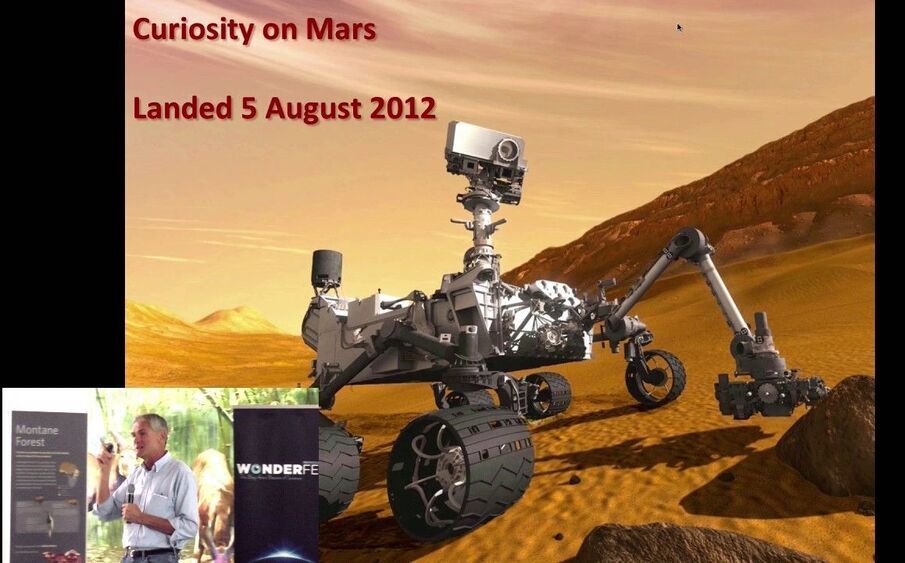In the near future, large vessels carrying vehicles or other cargo across the ocean could be powered by wind, thanks to innovative sail technology.
Oceanbird, designed by Swedish engineering company, Wallenius Marine, is a futuristic concept for a PCTC (Pure Car and Truck Carrier) with capacity to carry 7,000 cars on long-distance ocean journeys. The project aims to prove that the global shipping community can transport goods in a sustainable way, and that low or zero-emission shipping is possible by using wind as the main energy source.
“We are proud to present our third iteration of our design, which we have worked with for several years,” said Per Tunell, COO of Wallenius Marine. “Shipping is a central function in global trade and stands for 90% of all transported goods, but it also contributes to emissions. It is critical that shipping becomes sustainable. Our studies show that wind is the most interesting energy source for ocean transports and with the 80-metre-high wing sails on Oceanbird, we are developing the ocean-going freighters of the future.”









